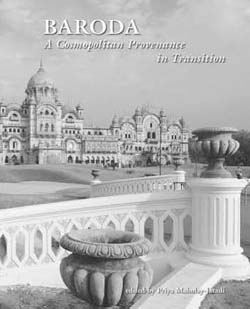Our experience, both at the personal and the public level, shows that Art lives and grows in a climate of freedom, peer rivalry, and infrastructural support. An element of spontaneity and a dropping of one’s defences are key for human expression to be creative, for your imagination to take flight. Art begins here, in that flight of fancy which all of us have experienced at one time or another. Fear, the fear of someone looking over your shoulder, is often the biggest enemy of such flights of fancy.
This much is commonsense. Recall for a moment, how your child made its first coloured image—of any significance. It was done when you were away from the scene of creation. It was a moment of freedom, a moment of free association and experimentation, without the fear of disapproval from the parent.
It is for this reason that the best policy for Art schools is to let the students be free to experiment, compete with each other, and to learn by doing. The school administration’s role is to provide the facilities and the intellectual stimulus for creativity to happen. When creativity does happen however, the resulting art works are not always palatable or ‘pretty’.
The deliberate ugliness of some paintings can offend conventional perceptions and sometimes attack even the most sacred cows of Religion and Culture. Art works of original, mind-blowing beauty also emerge from the very same milieu, sometimes from the same artist.
This contrariness of artistic creation—its ability to offend sometimes, and to uplift us at other times–shouldn’t surprise us. The common phrase ‘two sides of the same coin’ prepares us for it, if we allow it to.
Inside us moreover, the two sides often don’t have the passivity of coins. Dr Jekyll and Mr. Hyde were two personalities of the same person, in the famous story of that name. In Robert Stevenson’s 1886 Scottish novel, the protagonist Dr. Henry Jekyll, struggles to suppress Mr. Hyde, a second and dark personality within himself. Jekyll tries mightily to repress Mr. Hyde, who increasingly surfaces and unleashes terror—without guilt or fear of consequences!! For discerning readers of the novel, there’s more to the good doctor than just the awful Mr. Hyde.
If a simple coin has two sides, surely we can have three or four.
These reflections have been prompted by the tragedy of Baroda University’s Faculty of Fine Arts, whose amazing record of being one of India’s most creative and cosmopolitan Art Schools over a 57-year period was destroyed by Hindu militants in a few brutal weeks in May-June, 2007. It was like a one-eyed bull had entered the china shop that was the university’s art school, leaving the students and faculty shaken and humiliated—suddenly robbed of their autonomy, their identity and their self-respect.
Continue reading this review

